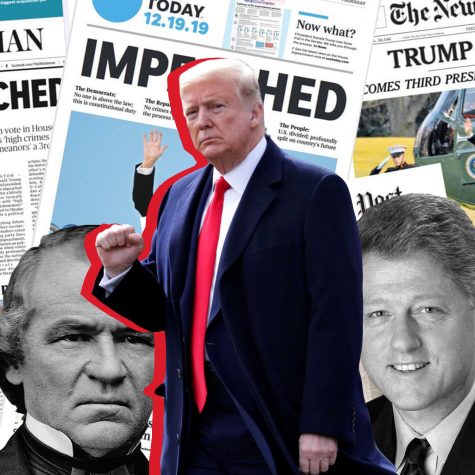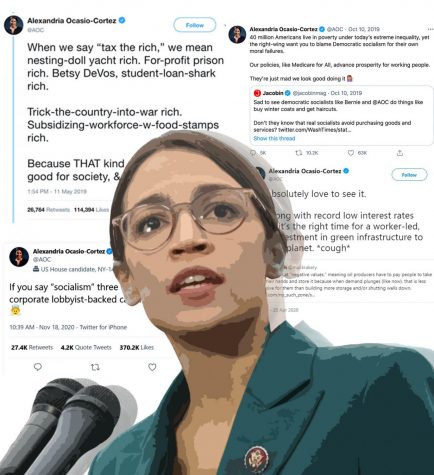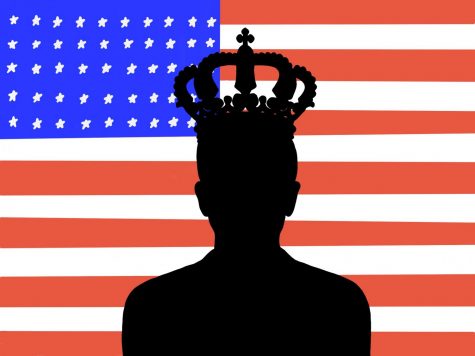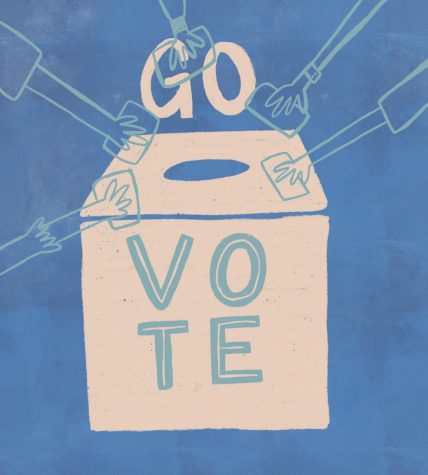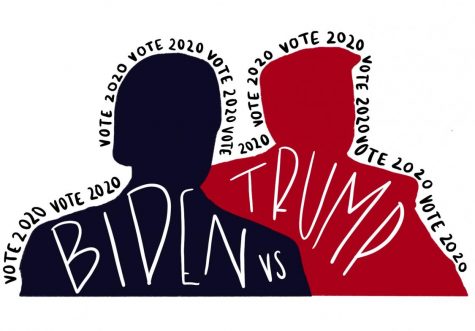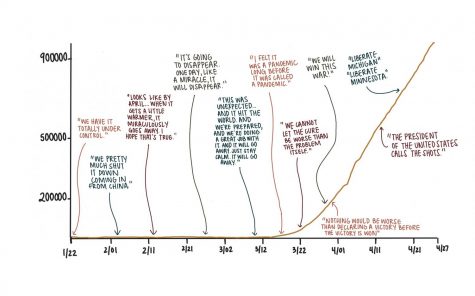The Problem with Iowa
The 2020 election season (finally) kicked off this past week with the famous Iowa caucuses. People from all over the state gathered in their local high school gym, church basement or other public venue to make their voice heard. But what the heck is a caucus, anyway?
Caucuses have their roots in the early 19th century, when party leaders would meet and vote on their preferred nominee. These caucuses were closed off from the general public and were secretive affairs. Over time, the caucuses were opened slightly, but were still considered somewhat exclusive. Prior to 1972, a majority of states utilized the caucus method for their primary selection process. This changed after Hubert Humphrey lost in the general election to Richard Nixon in 1968. A commission recommended reform across the country to open participation to “rank-and-file” members. Over time, ballot voting replaced the traditional caucus method in most states. Iowa is a holdout from a largely bygone era.
Since Iowa is the first state to hold primary contests during the presidential election year, the caucuses are truly a sight to behold. Remember those cheesy pep rallies your high school used to hold before a big game? Think of the caucuses as a bunch of big, messy pep rallies. People from each candidate’s camp gather in clusters in the space provided. Some groups even start cheering and chanting.
Precinct chairs from each camp walk around and count up the number of people in their respective cluster before reporting back to a central figure with all of the numbers in-hand. To achieve “viability,” a candidate must have a certain number of people gathered in their corner. If a candidate isn’t viable, then the people in that camp must either realign with another candidate or form a new group with other nonviable contenders. This process goes on for several rounds, and the number of delegates allocated to a candidate from each precinct is determined by a mathematical formula before being reported back to the state’s central party.
This year, the caucuses were a total disaster for the Democratic party. The Iowa Democratic Party decided to try and use an app for reporting rather than the traditional calling-in method using a phone. While that sounds good on paper, the party withheld the app from precincts until an hour before the caucuses were due to start to prevent any chances that the app could get hacked or compromised.
The rollout was a mess. Precinct chairs reported that they couldn’t even download the app, let alone report their numbers using it. Most resorted to the traditional method of phoning their results into the central office. Despite utilizing a tried-and-true process to report the results after the initial hiccup, the Iowa Democratic Party withheld any results due to supposed “inconsistencies” in reporting. What these inconsistencies entailed isn’t exactly clear, but they kept the candidates and the general public from knowing the results the same night of the caucuses.
The chaos of this year’s Iowa caucuses reflects the inherent flaws of a process that should have been phased out years ago. Democracy is a messy process—there’s a ton of factors and information that go into a person’s choice of candidate. Given the publicity and prevalence of misleading media, the integrity of the United States’ democractic process is already in danger. The public way in which people are thrust into the caucuses allows for additional variables to be introduced to an already precarious method of collecting public opinion. Peer pressure, social isolation and general confusion can all play a monumental role in the way a person decides how to cast their vote.
In addition to the caucus system being inherently flawed, Iowa’s primary contest is often (mistakenly) seen as a valid testing ground for candidates to find their footing. While this also makes sense on paper, the fact of the matter is that the Iowa electorate is one of the least diverse in the country. At a population of just over three million, the state of Iowa ranks 31st in the union in terms of total population. Additionally, 90 percent of the population surveyed for the 2010 census identified as white. Only 3.4 percent of the population identified as black, while even smaller percentages identified themselves as Asian, Pacific Islander or any other racial minority. On top of all that demographic data, Iowa is the only state in the union that permanently disenfranchise people with felony convictions.
To sum up: the antiquated process the Iowa Democratic Party uses has inherent flaws and ought to change sooner rather than later to avoid another catastrophe like this year’s primary contest. While this would likely mean Iowa surrendering its prized place as the first state in the union to hold a primary contest, it would also pave the way for more demographically representative states to set the momentum of primary season instead of Iowa.
Your donation will support the student journalists of Saint Louis University. Your contribution will help us cover our annual website hosting costs.




